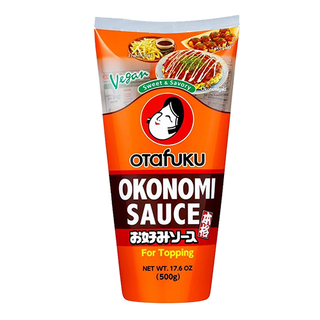“What is the Cultural Significance of Okonomiyaki?”

Okonomiyaki, often referred to as “Japanese savory pancakes,” is more than just a delicious dish—it holds deep cultural significance in Japan. From its origins to its role in social gatherings, Okonomiyaki is a beloved food that reflects Japan’s culinary creativity and the importance of shared meals. Let's explore why Okonomiyaki holds such a special place in Japanese culture.
A Symbol of Regional Pride
Okonomiyaki’s cultural importance is closely tied to the regions of Japan where it originated. While the dish is enjoyed throughout the country, the two most famous variations come from Osaka and Hiroshima. In Osaka, the dish is known for being cooked on a griddle in front of diners, often with ingredients like pork, cabbage, and noodles, offering a unique “street food” experience. On the other hand, Hiroshima-style Okonomiyaki layers ingredients like cabbage, noodles, and meat in a pancake-like form, often cooked with a distinct method. These regional differences highlight local pride and the diverse ways Japanese people embrace their culinary traditions.

A Social Meal
In Japan, food is often about more than just sustenance—it’s a way to bring people together. Okonomiyaki is no exception. Many Japanese families and friends enjoy preparing Okonomiyaki together, often around a hot griddle in the center of the table. This shared cooking experience fosters a sense of community and allows everyone to customize their Okonomiyaki to their liking. Whether at home or in a restaurant, Okonomiyaki serves as a social occasion where conversation flows, laughter fills the room, and the meal becomes a collaborative effort.
The "As You Like It" Philosophy
The very name “Okonomiyaki” translates to “grilled as you like it,” embodying the philosophy of personal choice and customization. This emphasis on personalization resonates deeply with Japanese culture, where individual preferences are highly valued, but the collective spirit remains central. Okonomiyaki allows people to express their tastes while still participating in a communal, shared experience. Whether adding seafood, cheese, or extra vegetables, the flexibility of Okonomiyaki makes it a dish that reflects both individual creativity and a respect for tradition.

A Dish of Resilience and Innovation
Okonomiyaki’s humble beginnings during World War II also add to its cultural significance. During tough times, it was a cost-effective and filling meal that could be made with a variety of affordable ingredients. The dish evolved over time, incorporating regional flavors and cooking techniques, turning it into a cherished comfort food. Okonomiyaki’s rise from humble roots reflects Japan’s resilience and ingenuity, adapting to changing times while staying true to its essence.
Okonomiyaki is much more than just a meal—it’s a symbol of Japan’s rich culinary traditions, regional pride, and the importance of community. Whether enjoyed in a bustling Osaka restaurant or in the comfort of your home, Okonomiyaki invites people to come together, share experiences, and celebrate the joy of food.


